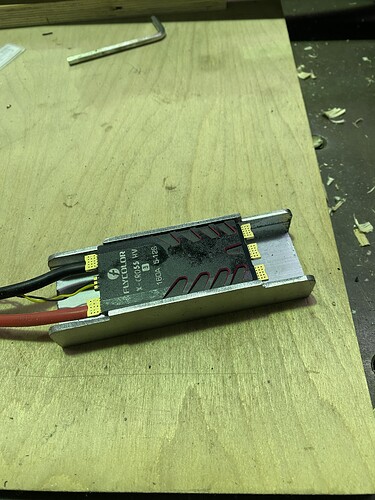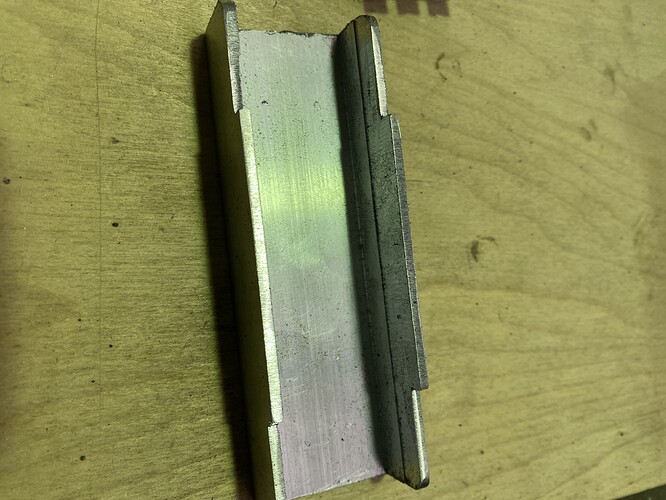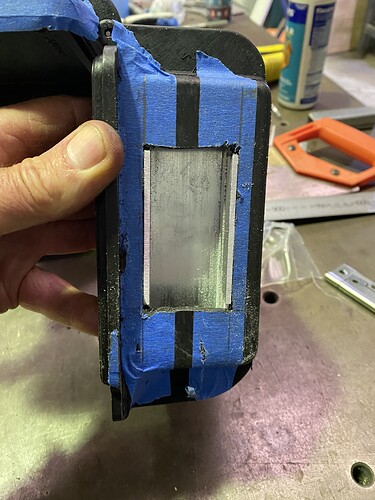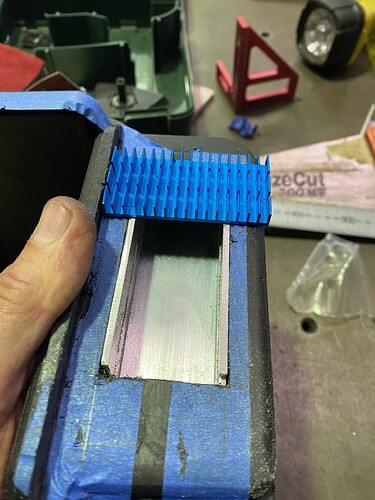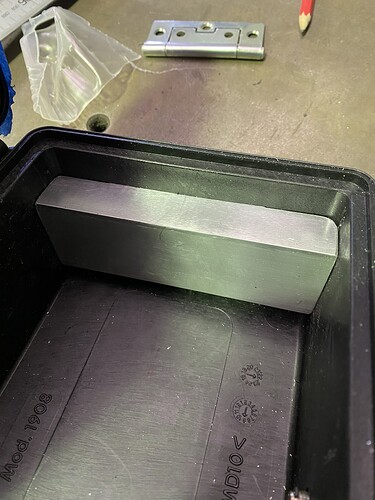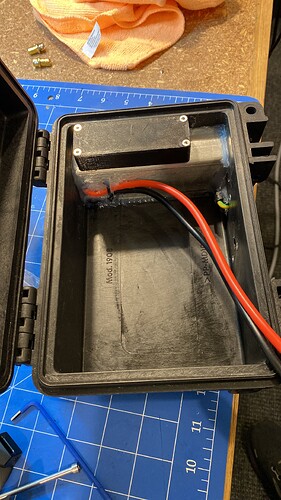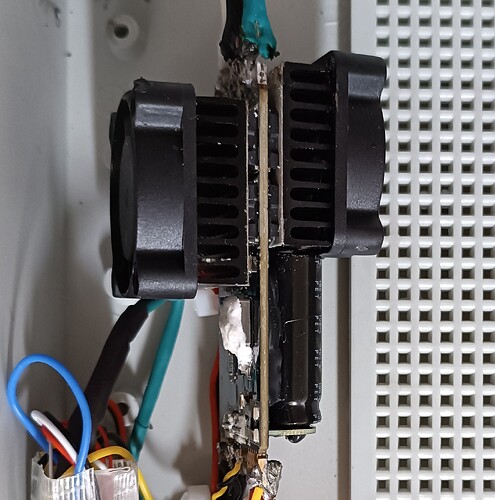Hey everyone, I am working on mounting two Flycolor X-Cross 120A ESCs in a box for a tow boogie. My plan is to mount them to an aluminum plate that will have contact with the outside. The ones I got have a full metal face on one side, and on the other side two big capacitors and a heatsink. Do people have tips for how to mount this? My first inclination is to put some thermal grease between the bit metal face and my aluminte plate, and just leave the heat sinks exposed to the inside of my box and hope that is good enough. Planning on use 10AWG wires for the phases, with 6mm bullet connectors.
I used some 40 x 40 x 3mm aluminium square tube. Ripped down through and then machined 0.5mm on each inner face for pcb clearance (will Kapton tape for insulation. Back face of X Cross touches outside heatsink and aluminium touches top of heatsink on top side as well as outer heatsink. Also mechanically protects, will seal with silicone once the cables come through.
Wow, that is intense, and great. Do folks think that it is necessary to add this much cooling? Just curious what people think.
I have had good success with attaching the flat heatsink side to an external heatsink with thermal epoxy or glue. I have a 1/4 in piece of aluminum sandwiched in between to fill the gap of the box.
Hello !
Is there a way to get feedback on the 120 and the cooling, is it enough for a boogie? I hope to order soon, thank you!:
How’d the dual fan without external cooling work out?
It appears to be functioning adequately. After opening the unit, it’s only warm to the touch.
When the system is operating normally, consistently achieve about 4km distance and roughly 1 minute maximum ride time on foil before falling. Typically have many starts, around 20 during a session. During takeoff, don’t use full power - far from it. However, experience significant tail dragging on the water.
I’ve often questioned whether the fan setup is sufficient. But it’s been challenging to answer because:
Only had about 10 sessions so far, during which experienced propeller breakage, hub failure, and motor magnets and bearings becoming stuck. These issues make it difficult to draw clear conclusions.
Ideally, an experiment involving continuous full-power operation would be most informative. Having a spare battery, I’d use it for such testing. However, rather than constructing another battery, I’m designing a V2 version. This new design features a 3D printed box that will sit atop the board’s center, housing the ESC with small external heatsinks on both sides.
